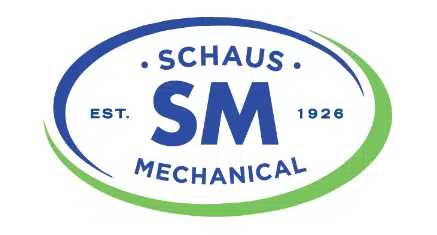
While grocery stores have mostly rebounded from the product shortages they experienced a few years ago, residents and business owners are dealing with another type of shortage: trade workers. Fewer workers, locally and throughout the supply chain, mean longer wait times for home repairs and improvements.
Recently, MercerMe spoke with several business owners and technical school staff members about this issue and their take on the reason it exists. The conclusion, shared by most people who spoke with us, is that long-standing misperceptions have discouraged young people from entering into trade careers.
“Years ago, everyone had it in their heads that you had to go to college to be successful,” said Michael Orfe, director of vocational programs at Mercer County Technical Schools (MCTS), which has locations in Pennington at the Sypek Center on Bull Run Road and in Trenton at the Assunpink Center on Old Trenton Road.
Business owners say another misperception is that one cannot earn good money working in the trades. And yet another misperception is that technical or vocational education is only a fallback for students who can’t get into college.
These notions are based on theories and practices associated with vocational education of the past. A 2014 report published by American Public Media (“Ready to Work: Reviving Vocational Ed”) summarizes the topic: Until the early 2000s, most vocational programs focused on preparing a student for a particular type of job that he or she would keep for life. Options for college or advanced training were not part of the plan.
The argument was that vocational training was best suited for students who lacked the aptitude to attend a traditional college. But, parents and many educators argued that this approach judged students not by aptitude but by socio economics and race. As a result, high schools began to refocus education exclusively as a path to college.
This approach created a new set of problems affecting students, businesses, and consumers. Students who don’t have a desire to pursue an academic education immediately after high school often drop out of college, and many who earn their degree–even those who opt for college directly from high school–don’t graduate with real-world skills needed for employment, especially in the trades.
Starting about 10 years ago, vocational programs began making a comeback, not as an alternatives to academic studies but as opportunities for integrating academics with career readiness.
The philosophy and practice of this approach is to equip students with options: to get a job immediately upon graduation, to go on to college, or engage in both pursuits simultaneously.
“All our programs are aligned with community colleges,” says Orfe. “Classes are usually taught by industry professionals who have first-hand experience in the field. Local business partners advise teachers and staff about current and future industry trends.”
According to the MCTS website, 93 percent of students who participate in career technical education (CTE), graduate from high school; they typically make double the amount of money of a student with a standard high school diploma; and 70 percent of CTE students go on to college or post-secondary education. Students and graduates also have options to participate in apprenticeships and internships.
In the shared time program at MCTS, students attend half their day at the technical school and half at their home high school. Technical education offerings include carpentry, electrical construction, HVAC, welding, auto and diesel technology, and more.
Students who participate in the school’s Academy program spend the full day at MCTS. Students can choose among three programs: culinary arts, health science, or STEM. Each program offers high school and college credits, training in the related field, hands-on, project based learning, and the academics of a typical high school.
The Career Prep program, available for high school seniors preferably with a 3.0 grade point average or higher, offers high school and college credits and typically includes two classes in the fall and two in the spring. The schools also offers adult evening courses.
Orfe sid that enrollment is on the upswing with an increase in admissions over the past five years, especially the last two. “Students no longer have to choose between technical or college preparation education. Now, students can have hands-on education, with pathways towards numerous lucrative careers and college credit,” he says.
Orfe said he believes the education provided by today’s technical schools is changing the way we perceive careers in the trades, setting the stage for more skilled workers to enter the market and provide the services we need.
In the immediate time frame, business owners want customers to know that while their projects may take a bit longer to schedule, they will get done.
If you rely on MercerMe for your local news, please support us.
To keep the news coming, we rely on support from subscribers and advertising partners. Hyperlocal, independent, and digital — MercerMe has been providing Hopewell Valley its news since 2013. Subscribe today.
